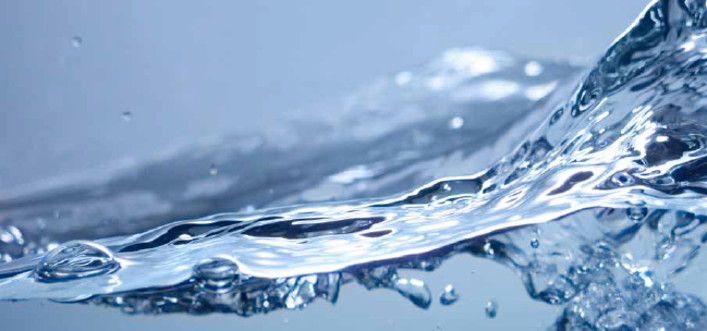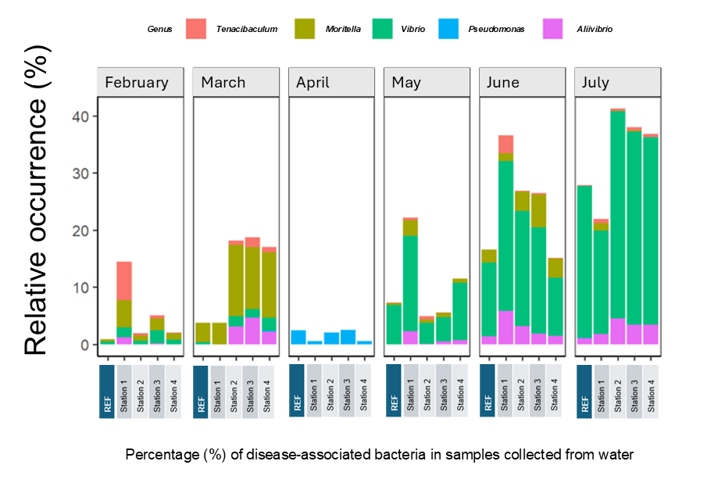
Using 16S rRNA gene sequencing to guide infrastructure decisions: an example from our NGS team
Over a six-month period in early 2025, a marine RAS facility in Norway conducted an extensive microbiological survey to determine the most suitable location for its future water intake system. By applying 16S-community next-generation sequencing (NGS), our PHARMAQ Analytiq team were able to characterize the microbial communities present at multiple sampling stations and track how these communities changed over time.
A Longitudinal Approach to Site Selection
Rather than relying solely on static water quality parameters, the team opted for a dynamic, data-driven approach. Monthly water samples were collected from several candidate intake locations from February through July, capturing the seasonal variability in microbial composition.
The sequencing results revealed that seasonal changes had a greater impact on microbiota composition than spatial differences between sampling points. Cold-adapted genera such as Colwellia and Psychrobium dominated in winter months, reflecting low biological activity and minimal organic load. As temperatures rose in spring and summer, the microbial landscape shifted toward more metabolically active and potentially pathogenic genera like Vibrio, Moritella, and Aliivibrio.

Key Findings
Interestingly, one particular station consistently showed higher levels of disease-associated bacteria, especially during warmer months, making it a less favorable candidate for water intake.
The Value of Microbiota NGS in Environmental Monitoring
This study underscores the power of 16S-community NGS as a tool for environmental assessment. By providing high-resolution insights into microbial dynamics, it enables more informed decisions about infrastructure placement, risk management, and ecosystem health.
As climate variability continues to influence marine environments, such approaches will be essential for ensuring sustainable and resilient operations in aquaculture and water resource management.
PHARMAQ is the global leader in vaccines and innovation for aquaculture and part of Zoetis, the world leader in animal health. The company provides environmentally sound, safe and efficacious health products to the global aquaculture industry through targeted research and the commitment of dedicated people. Production facilities, administration and research and development activities are based in Norway with subsidiaries in Chile, United Kingdom, Vietnam, Turkey, Spain, Panama and Hong Kong. PHARMAQ has approximately 300 employees. The company's products are marketed in Europe, North and South America, and Asia. For further information, visit the company's website at www.pharmaq.com. Privacy Policy. Cookie Policy. Terms of Use.
Copyright © 2020 Zoetis LLC. All rights reserved.